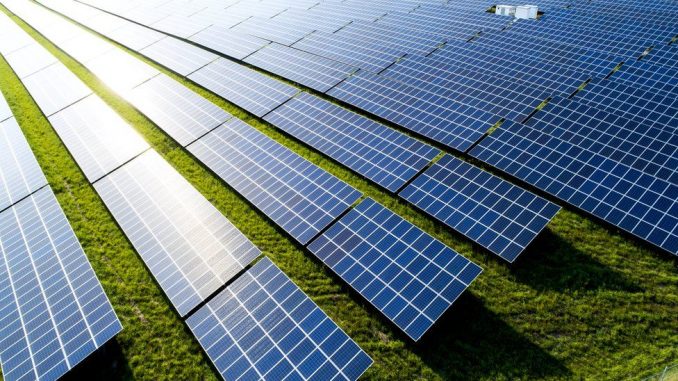
A controversial proposal for a solar farm the size of 154 football pitches which could generate sufficient energy to power 15,000 homes should be approved, planners say, despite mounting concerns over the cumulative impact of numerous renewable energy schemes on a small area in the heart of North Yorkshire.
North Yorkshire Council’s planning officers have made the recommendation ahead of the authority’s strategic planning committee on Tuesday (June 11) considering Anthony Brindle’s application to create a “temporary” 49.9MW photo-voltaic array for up to 50 years on a 94-hectare site at Pilmoor, between Thirsk and Easingwold.
The meeting comes just weeks after Andrew Bowie, Under Secretary of State for Energy Security and Net Zero, saying the concentration of solar projects in specific areas was “concerning”.
In addition, last month Claire Coutinho Secretary of State for Energy Security and Net Zero, said where solar development was necessary on agricultural land it should be steered towards land with a lower value.
The scheme has attracted 123 local representations to the council from residents, of which eight are in support and 115 are objecting.
Calling for councillors to reject the proposal, Raskelf Parish Council said its scale and location will have an adverse impact on the surrounding environment and landscape beside Brafferton Spring Wood, a designated Site of Importance for Nature Conservation and nearby Pilmoor Site of Special Scientific Importance.
Other objectors have raised concerns over the cumulative effect of the proposal when combined with other local sites either operating or in the planning process, totalling 244 hectares, including Boscar Grange near Raskelf, Woolpots Solar at Husthwaite and Peter Hill at Husthwaite.
In one objection, a resident wrote: “If these all go ahead then within a 30sq km site centred over Raskelf eight per cent of all land will be occupied by solar panels.
“The combined built-up areas of Raskelf and Easingwold is only about 180 hectares so these solar farms will be taking up more land use than these two settlements.
“This concentration of development and its uneven distribution is just wrong and an unacceptable impact for our local community.”
While residents claim fields by the proposed site were being used to grow spring wheat, following a study of the soil, planning officers have concluded the farmland is all of a low quality or “moisture deficient”.
Application documents lodged with the council, which declared a climate emergency two years ago, claim the renewable energy scheme would offset around 21,500 tonnes of CO2 a year and over one million tonnes over the lifetime of the scheme.
The papers add that the economic benefits of the scheme would include £160,000 of annual business rates for the council.
The application states: “The proposed scheme would provide a significant amount of decentralised electricity to the area and support the transition to electric vehicles and heating.
“It would also help to reduce the UK’s reliance on imported fossil fuels and help the UK gain more control over its energy provision and energy security.”
The developer has stated to make the grid connection viable at a time when government subsidies are not available, the venture needs a large site area in the open countryside to accommodate the number of solar panels.
In a report to the committee, officers state the “high degree of containment and screening provided by surrounding landscaping” means the site lends itself to the proposed development without having a high level of wider landscape impact.
It concludes: “On balance it is considered that the development would not result in significant harm that would outweigh the substantial public benefits of a renewable energy scheme.”


Be the first to comment